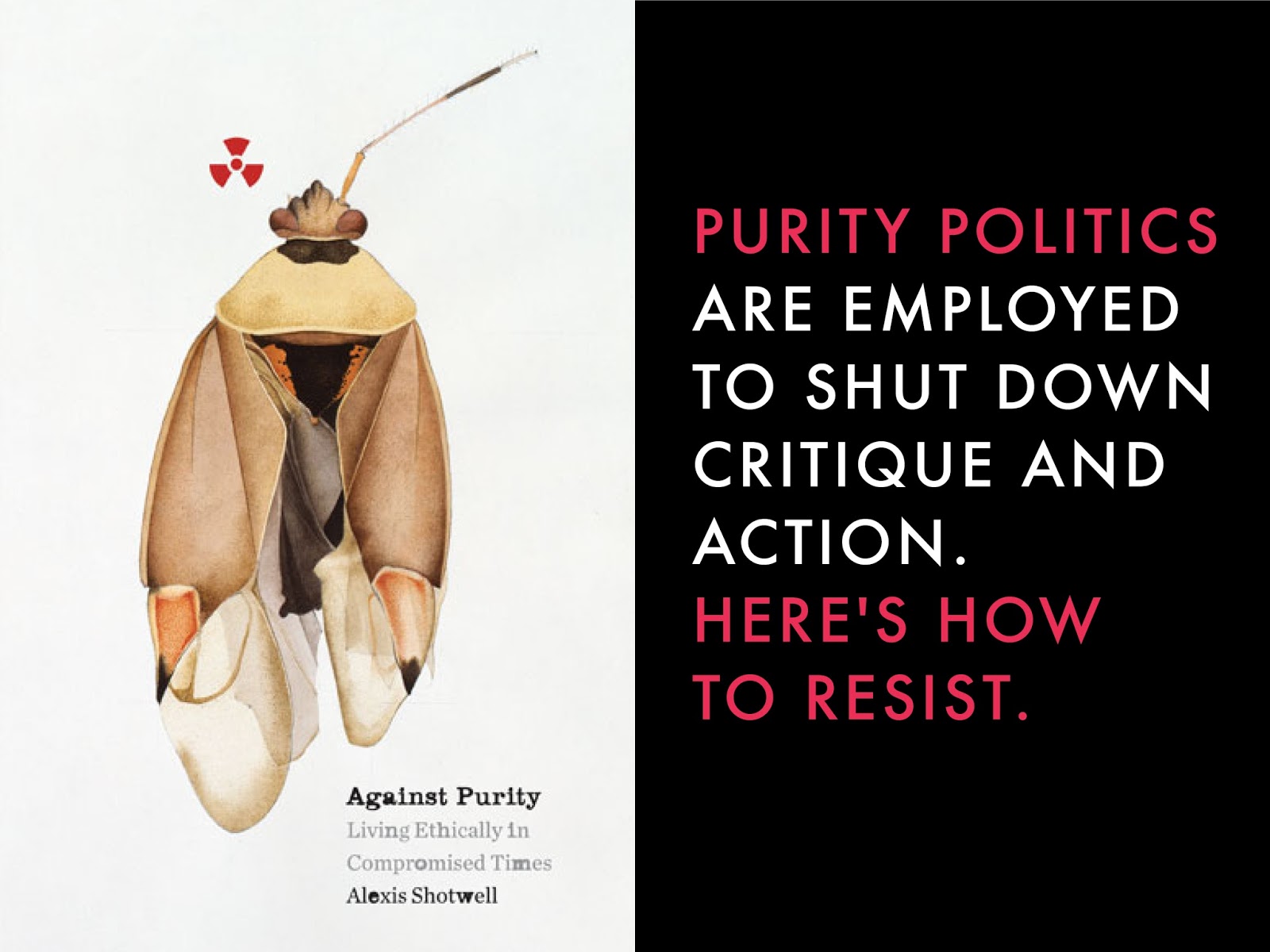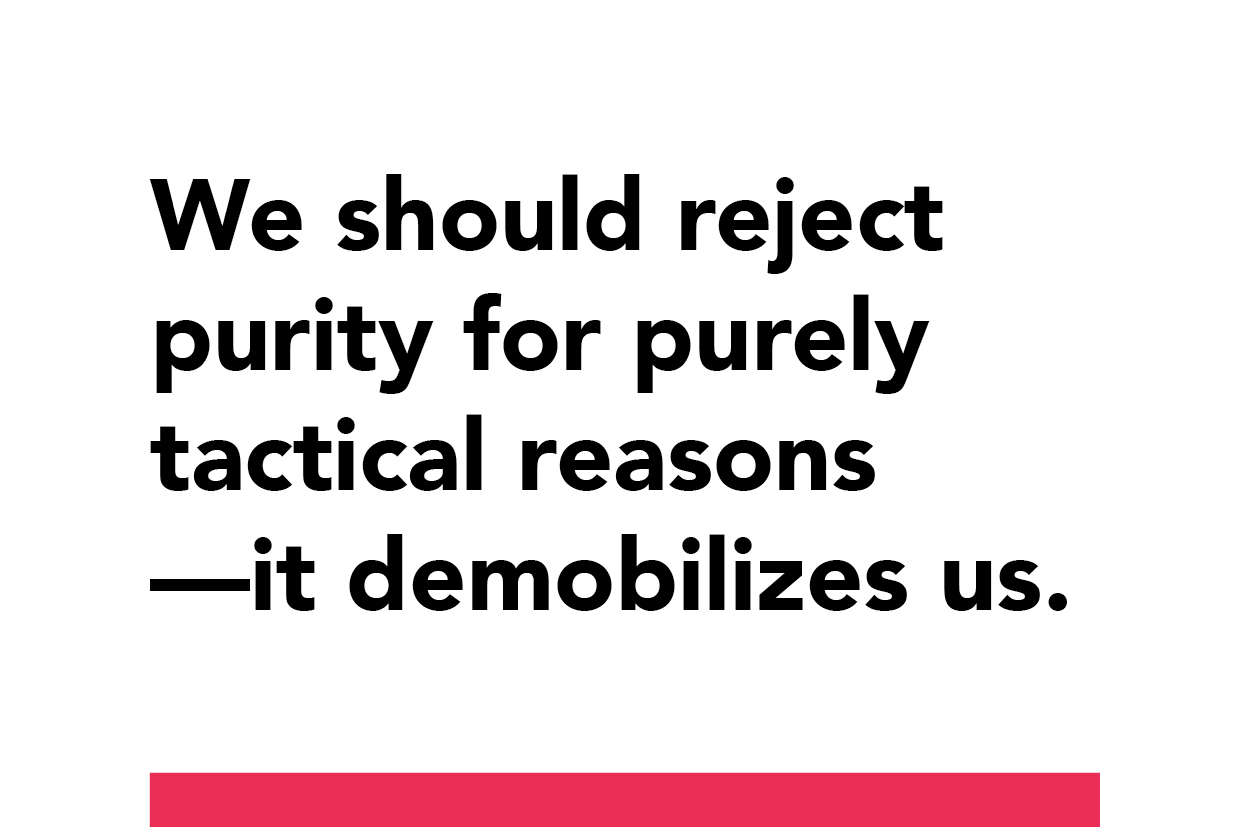I am tasked with writing a review of the book Staying with the Trouble: Making Kin in the Chthulucene. Not feeling able to actually do that, I have written this instead.
This is because of course, it is impossible for me to write a review of anything Donna Haraway writes; it would be like a jellyfish coming to a firm decision about how the ocean tastes, or a bird grading the wind, or a spruce root deciding whether to recommend taking in minerals from ectomycorrhizal fungi. This book is no exception; one wants to just float, just fly, just receive. Not very useful as a way to explain to someone else what they might encounter.
Staying With The Trouble: Making Kin in the Chthulucene is (in contrast) tremendously useful and generous in offering a space for encounter and response to the critters, texts, and conversations it treats. Starting from the understanding that “Nobody lives everywhere; everybody lives somewhere. Nothing is connected to everything; everything is connected to something” (31), Haraway invites us to participate with her in weaving a carrier bag for the kinds of ideas and practices we need now, on this suffering planet, if we earthlings want to survive, nourish each other, or flourish. The book is playful, enticing, challenging; it will irritate most analytic philosophers.
One of the things I love most about this book is its insistence on grounding every theoretical “move” in the world as it unfolds. It is hopeful and generative in part in this refusal to abstract and in this commitment to being in-the-mix. Since I’m not capable of writing a review that honours this mode, I’ll start with the theoretical. One way in is through the title’s three strands, which open a way in to the substance of the book: “staying with the trouble;” “making kin;” and “the Chthulucene.”
The Chthulucene cues this iteration of a career-long attention to the material-semiotic practices necessary for understanding and living as situated beings in a connected world. This stance rejects the individualism and attachment to a certain sort of utilitarianism so commonly refracted through political economics and carves out a conception of relational ethics. Haraway is also literal, here, turning resolutely away from a view from nowhere (the view of the “sky gods”) and thinking in relation to beings who are entangled and interpenetrated with the world – from jellyfish to trees to IT networks to wormy compost to corals. And she is mythic, drawing on the long histories of the tentacular and connective ones – Medusa, Gorgon, Gaia. Calling the era we’re in the Chthulucene, for Haraway, opens a hospitable imperative, a speculation that we could go on with: “What if the doleful doings of the Anthropocene and the unworldings of the Capitalocene are the last gasps of the sky gods, not guarantors of the finished future, game over?” Staying with the connected and partial beings of the earth offers a different option:
The unfinished Chthulucene must collect up the trash of the Anthropocene, the exterminism of the Capitalocene, and chipping and shredding and layering like a mad gardener, make a much hotter compost pile for still possible pasts, presents, and futures (57).
Placing ourselves in the Chthulucene means being in relation to generative monsters, and it requires us to understand ourselves as vulnerable to the world. Haraway argues that we “all of us on Terra — live in disturbing times, mixed-up times, troubling and turbid times. The task is to become capable, with each other in all our bumptious kinds, of response.” While our impulse may be to flee this trouble we meet, to resolve it into cleaned-up future, she recommends instead staying with it. “[S]taying with the trouble requires learning to be truly present, not as a vanishing pivot between awful or edenic pasts and apocalyptic or salvific futures, but as mortal critters entwined in myriad unfinished configurations of places, times, matters, meanings” (1). One technology for learning this capacity to be present in a perpetually unfinished process is the concept of sympoiesis.
Haraway is resolute, in this book as elsewhere, in tracing for her readers the threads of conversations that have brought her to the matters of concern she offers to our shared regard. It is sad how striking it is to find a knowledge worker of her stature citing graduate students and intellectuals in the precariate. Here, she connects this term to M Beth Dempster’s 1998 MA thesis. (I think that Dempster is now a wilderness guide and intellectual in Victoria BC, something I wish I’d known when I was there recently). Haraway quotes Dempster’s framing of the concept as naming “collectively-producing systems that do not have self-defined spatial or temporal boundaries. Information and control are distributed among components. The systems are evolutionary and have the potential for surprising change” (61). Haraway says:
Sympoiesis is a simple word; it means “making-with.” Nothing makes itself; nothing is really autopoietic or self-organizing. In the orders of the Inupiat computer “world game,” earthlings are never alone. That is the radical implication of sympoiesis. Sympoiesis is a word proper to complex, dynamic, responsive, situated, historical systems. It is a word for worlding-with, in company. (58)
Starting from sympoiesis also keeps us in the trouble, which is to say, cues our capacity to respond in ethical and political ways to living and dying in the context of sympoiesis. And not every sympoiesis is friendly! Haraway tells knotted stories of the production and consumption of the (synthetic) estrogen diethylstilbesterol (DES) and (extracted from pregnant mares’ urine) Premarin. Each has terrible human and non-human bodily effects; each is useful in certain ways, for certain things; each ties beings together. As Haraway says:
There is no innocence in these kin stories, and the accountabilities are extensive and permanently unfinished. Indeed, responsibility in and for the worldings in play in these stories requires the cultivation of vital response-abilities, carrying meanings and materials across kinds in order to infect processes and practices that might yet ignite epidemics of multispecies recuperation and maybe even flourishing on terra in ordinary times and places. Call that utopia; call that inhabiting the despised places; call that touch; call that the rapidly mutating virus of hope, or the less rapidly changing commitment to staying with the trouble. My slogan from the 1980s, “Cyborgs for Earthly Survival,” still resonates, in a cacophony of sounds and fury emanating from a very big litter whelped in shared but nonmimetic suffering and issuing in movements for flourishing yet to come (114).
The details and the differences matter to this understanding of staying with the trouble, Haraway argues. It is through attending to them that we might begin to find how we are situated in relation to the world that we touch, and how much capacity we have for response. She writes:
The details matter. The details link actual beings to actual response-abilities…Each time a story helps me remember what I thought I knew, or introduces me to new knowledge, a muscle critical for caring about flourishing gets some aerobic exercise. Such exercise enhances collective thinking and movement in complexity. Each time I trace a tangle and add a few threads that at first seemed whimsical but turned out to be essential to the fabric, I get a bit straighter that staying with the trouble of complex worlding is the name of the game of living and dying well together on terra, in Terrapolis. We are all responsible to and for shaping conditions for multispecies flourishing in the face of terrible histories, and sometimes joyful histories too, but we are not all response-able in the same ways. The differences matter — in ecologies, economies, species, lives (29).
Telling stories of sympoiesis, even and maybe especially when they are unfinishable and without a simple moral teleology, might strengthen our understandings of relational responsibilities arising from our co-constitution.
Doing justice to such responsibilities is one part of what Haraway calls “making kin.” Kin here means something “other/more than entities tied by ancestry or genealogy” (102-3).
Kin making is making persons, not necessarily as individuals or as humans. …I think that the stretch and recomposition of kin are allowed by the fact that all earthlings are kin in the deepest sense, and its past time to practice better care of kinds-as-assemblages (not species one at a time). Kin is an assembling sort of word. All critters share a common “flesh” laterally, semiotically, and genealogically. Ancestors turn out to be very interesting strangers; kin are unfamiliar (outside what we thought was family or gens), uncanny, haunting, active.” (103)
This move queers how we might think about and practice making kin; it is no longer at all about fruitful heterosexual pair bonds producing babies. As she argues: “Queer here means not committed to reproduction of kind and having bumptious relations with futurities” (105). In the context of our impending destruction of much of the planet, Haraway’s suggested slogan provokes: Make kin, not babies!
If lineal and genetic descent is no longer the arbiter of who we are responsible towards, we are called to make decisions. “Who lives and who dies, and how, in this kinship rather than that one? What shape is kinship, where and whom do its lines connect and disconnect, and so what? What must be cut and what must be tied if multispecies flourishing on earth, including human and other-than-human beings in kinship, are to have a chance?” (2)
Haraway ends the book with a set of SF stories imagining this sort of kinship and response – Communities of Compost and Children of Compost in a decomposing and recomposing future. It is too complex and delightful for me to summarize; I recommend it to you.
Topically, Staying With The Trouble: Making Kin in the Chthulucenemoves from the air, to the earth, to the sea. It offers speculative fabulation, string figures, significant fictions, science fact. Chapter 1 departs with pigeons – carrier pigeons, working pigeons, racing birds, and pigeons participating in art projects connecting to air quality testing. Chapter 2 offers a critique of bounded individualism, grounded in an invocation of those mythic tentacular ones less-mythic spiders and octopi. The third chapter is long and dense, and perhaps my favourite; it looks at how people, critters, and worlds enact sympoiesis in the context of Navajo and Hopi land struggles and sheep, lemur habitat work in Madagascar, arctic Iñupiat world-games, and much more. Unsurprisingly, complex and non-reducible Indigenous ongoingness is the main event in this chapter. Chapter five analyses the complexities of urine mentioned above, enfolding horse workers in the production of Big Pharma’s profits alongside DES health activism and much more. Chapter 6 beautifully weaves together Ursula Le Guin’s fiction with ecological evolutionary biology in a net bag holding capacious stories from acacia seeds to ants to the language of lichens and rocks. And the last two chapters lift up the work and approach of Vinciane Despret, with a direct discussion of what makes her work so generative and also through the example of the book’s conclusion, “The Camille Stories: Children of Compost” (which, again, please go read).
As Haraway says, ending her introduction, “Lots of trouble, lots of kin to be going on with” (8).

